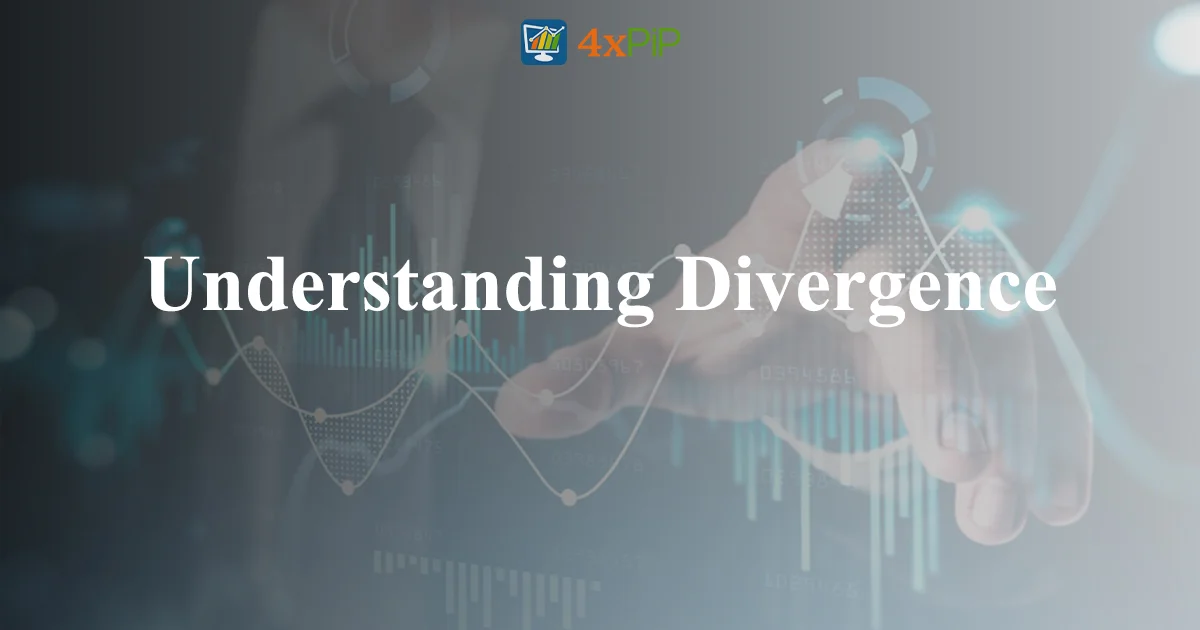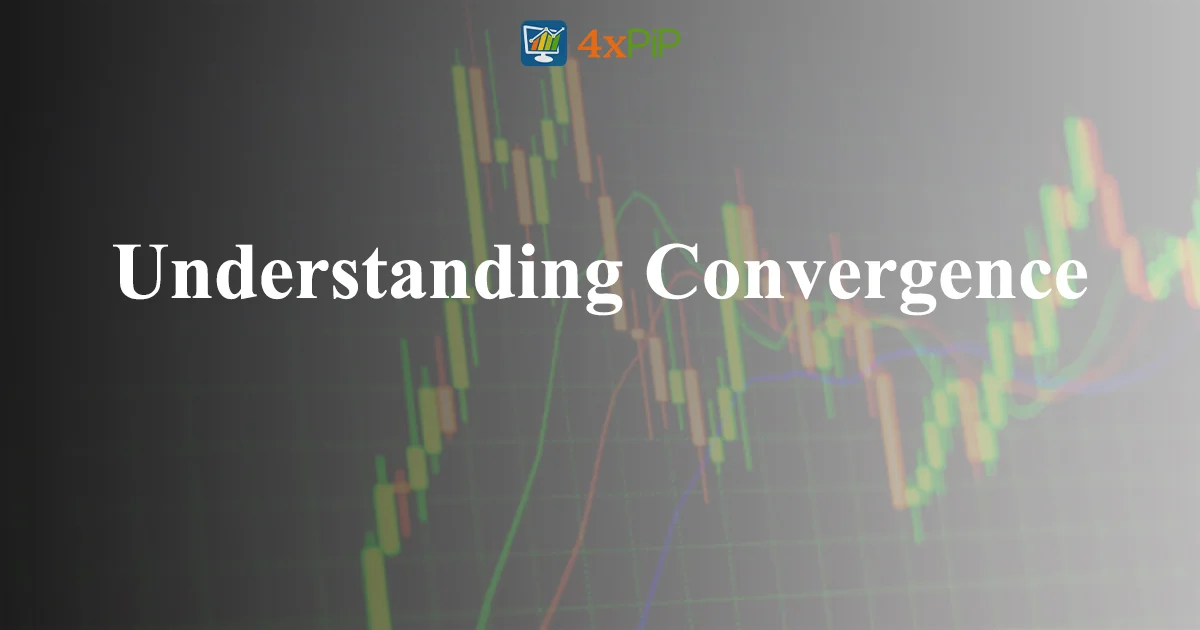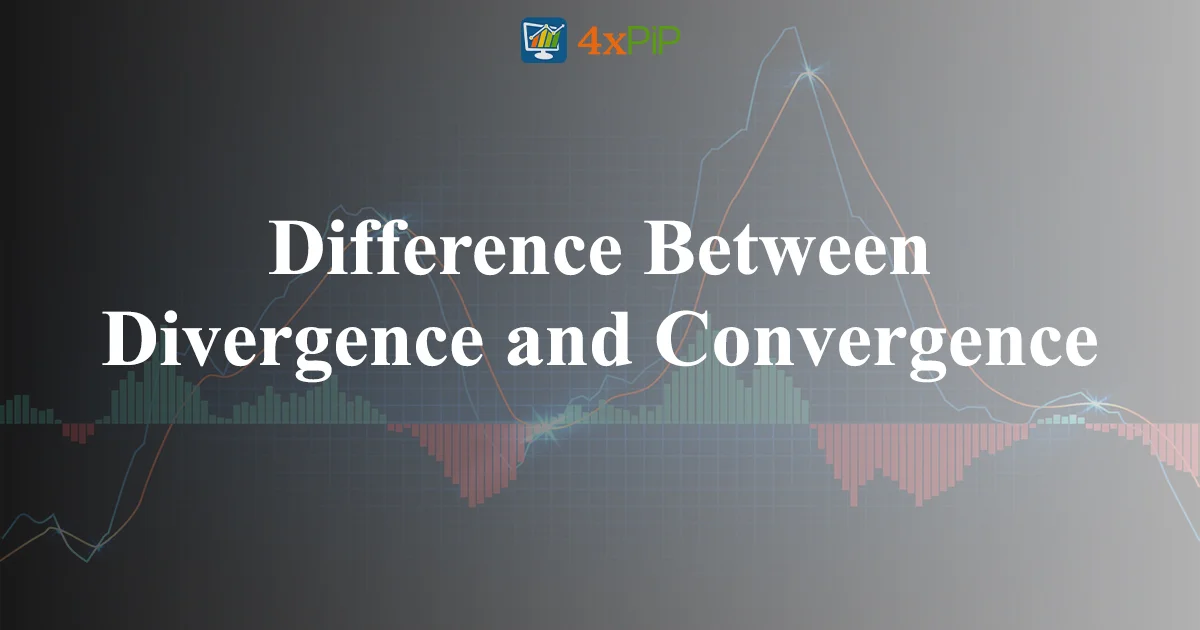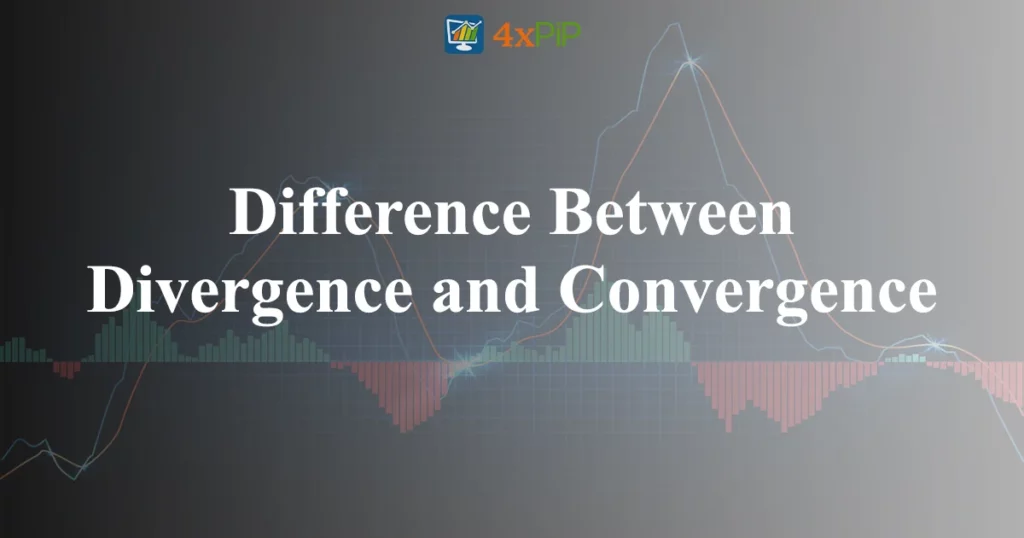In the realm of economics and finance, terms like divergence and convergence play a pivotal role in understanding the directional relationship between two trends, prices, or indicators. In this comprehensive exploration, we’ll delve into the distinctions between divergence and convergence, shedding light on how they impact trading decisions and market dynamics.
Understanding Divergence:

Divergence, a critical concept in trading, occurs when the price of an asset moves in the opposite direction to related indicators. Positive divergence, signaling potential trend reversal, materializes when a stock approaches a low, yet its indicators rally. Conversely, negative divergence unfolds when prices rise while the indicator signals a new low. Traders must interpret divergence cautiously, as it may not guarantee an immediate price reversal. Instead, it serves as a valuable tool for gauging potential weaknesses or shifts in a trend.
Positive divergence can be a precursor to a bullish trend, offering traders an entry point. On the other hand, negative divergence may indicate a weakening trend, prompting traders to reassess their positions. Technical analysis, where traders scrutinize price patterns and trends, often leverages divergence to make informed decisions. However, relying solely on divergence may expose traders to risks, emphasizing the need for a comprehensive analytical approach.
Understanding Convergence:

Convergence occurs when futures and cash prices of a commodity get closer over time, vital for market efficiency and preventing arbitrage. As a futures contract nears expiration, the time value premium diminishes, aligning the two prices.
Convergence is integral to an efficiently functioning market, as it ensures that an asset doesn’t trade at two different prices simultaneously. Without convergence, traders could exploit price differences, engaging in arbitrage until prices align. This natural market process prevents such opportunities and contributes to a fair and well-regulated trading environment. Traders should recognize the role of convergence in market dynamics, acknowledging its impact on price alignment and market integrity.
Convergence vs. Divergence:
Technical traders, focused on chart analysis and trading signals, often prioritize divergence over convergence. Divergence is considered a tool for gauging the underlying momentum of an asset, signaling potential reversals or weaknesses in a trend. On the other hand, convergence is a natural occurrence in a well-functioning market and is less emphasized in technical analysis.
Divergence stands out as a valuable indicator, offering insights into potential shifts in market sentiment. Technical traders commonly use divergence as a tool within their analytical framework, relying on its signals to inform trading decisions. The emphasis on divergence reflects its significance in identifying trends and potential reversal points.
Convergence, while essential for market efficiency, is a fundamental aspect of market dynamics rather than a primary analytical tool. It ensures that prices align over time, preventing arbitrage opportunities. Traders, especially those employing technical analysis, recognize the prevalence of convergence in the normal functioning of markets but place greater emphasis on divergence as a crucial indicator.
Applications in Trading Strategies:
For traders employing technical analysis, divergence is a critical element in shaping effective trading strategies. Various oscillators and indicators utilize divergence to map out trends and identify potential entry or exit points. However, traders should exercise caution, as relying solely on divergence may not provide timely signals, necessitating a comprehensive analytical approach.
In trading strategies, divergence plays a central role in recognizing potential trend shifts and reversals. Oscillators, such as the Relative Strength Index (RSI) or Moving Average Convergence Divergence (MACD), often incorporate divergence analysis. These tools map out the relationship between an asset’s price and an indicator, offering insights into the underlying momentum.
Traders commonly use divergence as part of a broader strategy that considers multiple indicators and market conditions. Combining divergence signals with other technical tools enhances the robustness of a trading strategy. By integrating divergence analysis with broader market insights, traders can navigate trends effectively and make well-informed decisions.
Risk Management in Divergence and Convergence Trading:
As traders navigate the complexities of divergence and convergence, effective risk management becomes a critical aspect of ensuring long-term success. Let’s explore the importance of risk management in the context of these trading strategies and how it can mitigate potential pitfalls.
Understanding Risk in Divergence Trading: Divergence trading, while offering valuable insights into potential market reversals, comes with inherent risks. Traders should be aware that divergence signals do not guarantee immediate reversals, and a trend might continue for an extended period. Implementing risk management strategies, such as setting stop-loss orders and defining risk-reward ratios, is crucial to safeguard against unexpected market movements.
Mitigating Risks in Convergence Strategies: Convergence strategies, designed to capitalize on the alignment of futures and cash prices, also require vigilant risk management. As convergence is a natural market process, traders should focus on avoiding overleveraging positions and diversifying their portfolios. A well-balanced approach to risk, coupled with disciplined trading practices, can enhance the stability of convergence-based trading strategies.
Balancing Divergence and Convergence Risk: Balancing the risks associated with both divergence and convergence trading is paramount for a comprehensive trading strategy. Traders should evaluate their risk tolerance, adjust position sizes accordingly, and diversify across different assets. Additionally, staying informed about market conditions and incorporating risk management tools can create a resilient trading approach that withstands the uncertainties of financial markets.
Implementing Risk Management Tools: Traders use risk management tools like stop-loss orders based on asset volatility and position-sizing techniques. Also, trading platforms’ tools and staying informed about market news help mitigate losses.
Summary:
In conclusion, understanding the nuances of divergence and convergence is vital for traders navigating economic trends. While divergence serves as a valuable tool for assessing trend strength and potential reversals, convergence ensures market efficiency and prevents arbitrage opportunities. Mastering these concepts equips traders with insights to make informed decisions in the ever-evolving world of finance. For more in-depth knowledge and guidance, consider reaching out to experts at 4xPip. Contact their customer support at [email protected] for personalized assistance and explore their range of trading tools and resources.












